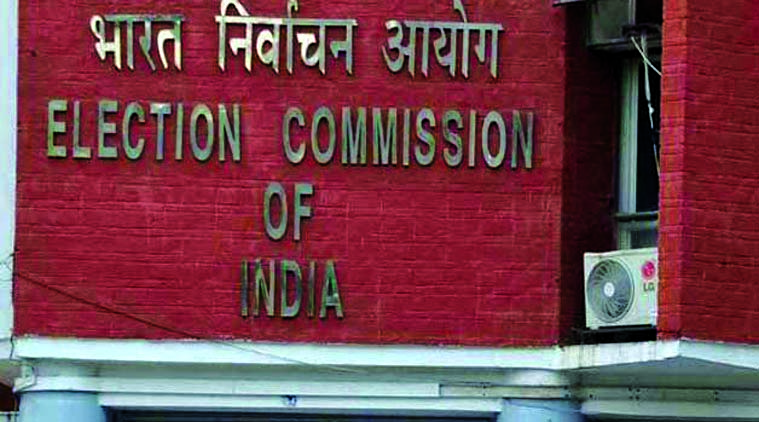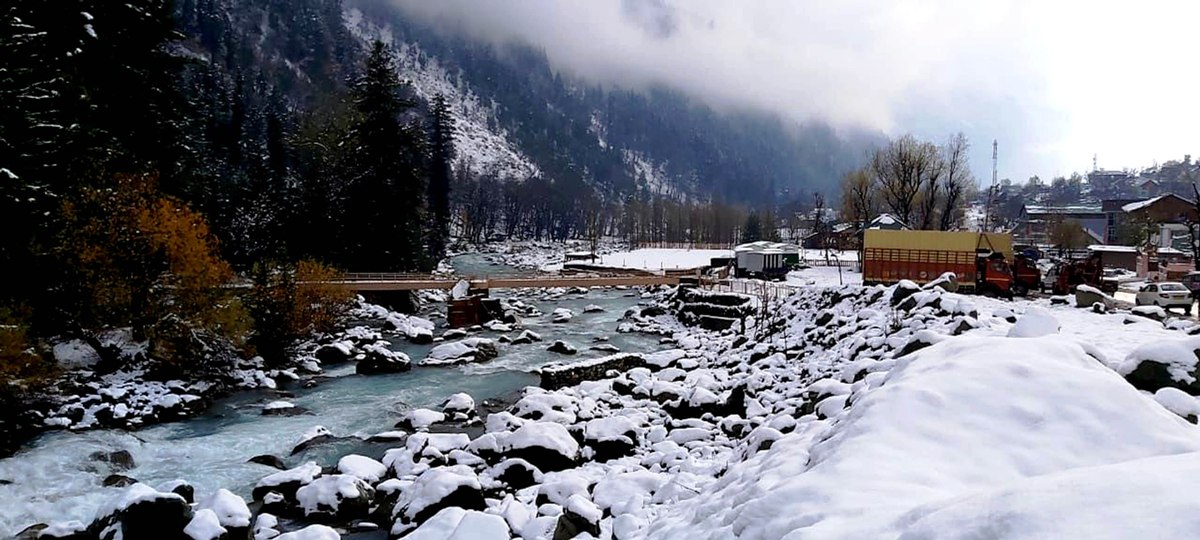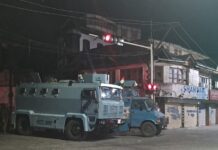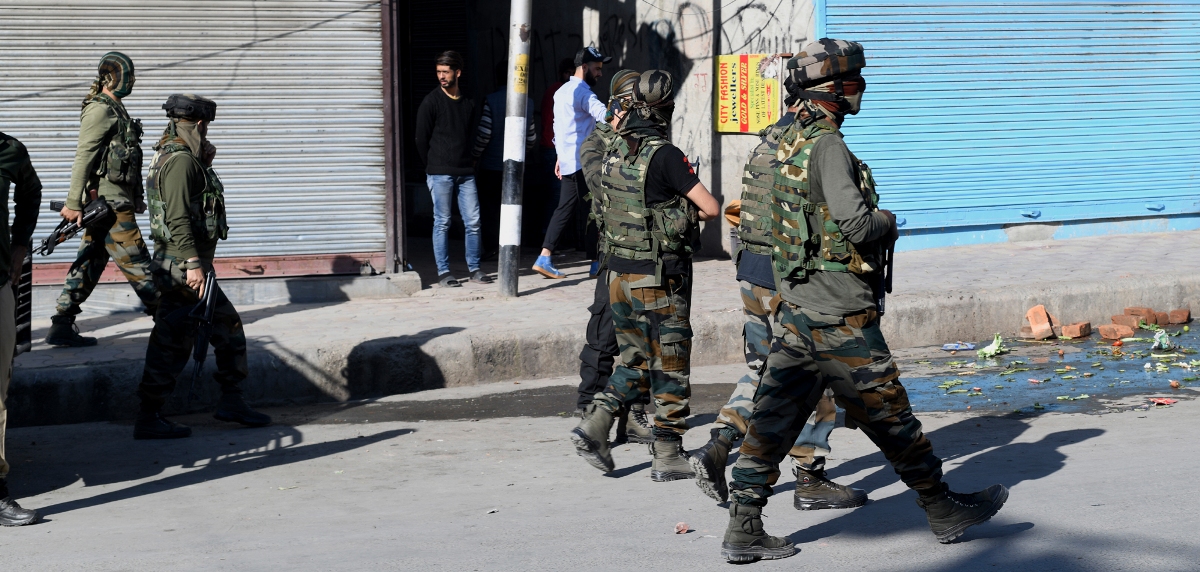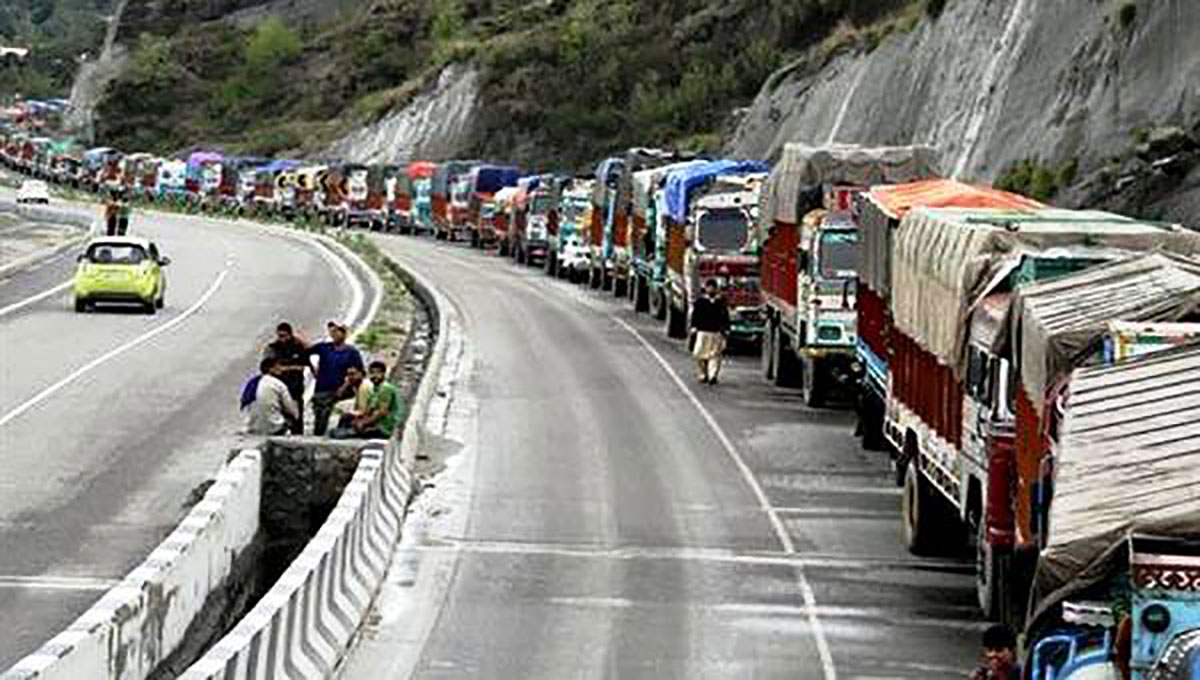by Fahd Khan
SRINAGAR: Various official agencies are demolishing the footpaths in the city to recreate them and it is causing severe inconvenience to the people. The demolition drive, in anticipation of the winter, is yet another factor that people apprehend that the development crises may prolong.

Many footpaths were recently demolished, and, in certain cases, recreated in parts of Srinagar city, leaving people curious about these developments. People failed to locate logic in destruction and reconstruction and believe it is a misuse of taxpayers’ money.
Given the traffic pressure on the roads, developmental activities have added to the pressures on the movement of commuters. With footpaths being redone, the people have no option but to use the road edges, which is a risky business given the quantum of traffic on Srinagar roads during the day.
Most of the footpaths are already with the vendors. The roads within and around Hari Singh High Street, which see the massive flow of traffic and masses throughout the day, have most of the footpaths with the vendors.
Electric poles, wires, traffic lights and decorative items for the city’s beautification are installed on these footpaths, adding to the obstacles in the pedestrian’s movement.
Right now, the footpaths are being re-laid at Karan Nagar and Batamaloo. Even part of Lal Chowk is in sort of a mess as the main centre is being reconstructed. One side of the Residency Road is also witnessing huge earth-remover activity.
“We are creating the city at par with the country’s modern cities; there are certain guidelines concerning the kind of footpaths that we should have, especially the height and their width from the road,” Iftikhar Ahmad Kakroo, Chief Engineer, Srinagar Smart City Limited said. “Many of our footpaths were not constructed on the guidelines in the past. They didn’t provide continuous access making it difficult for pedestrians to walk on it and posing a threat of accidents. We are designing the city on modern lines, and footpath reconstruction becomes necessary for smooth pedestrian movement”.
It is pertinent to mention here that as per the Indian Road Congress, footpaths cannot be more than 150mm or 6 inches from the road, and the width of a path should not be more than 1.8mtrs or 6ft width.
People, however, insist that if this logic is implemented in Srinagar city, every footpath would require demolition every time a fresh blacktopping takes place. Normally, for a fresh blacktopping, the old one is undone first, a practice that is in vogue across the world. In Kashmir, however, it has never happened. The peculiar engineering tradition is so old and normal that tens of thousands of houses in so-called posh colonies now have their plinths below the road level.
What is being pointed out by people is that the entire government is focused more on the uptown and nothing much is happening in the rest of the city.
The smart city Mission was launched by the Ministry of Urban Development in which 100 cities were to be selected for Urban Renewal and to promote infrastructure. The Srinagar Smart City project was approved in April 2017 and will likely be completed in the next few years.


